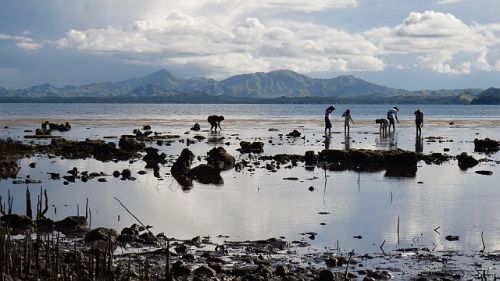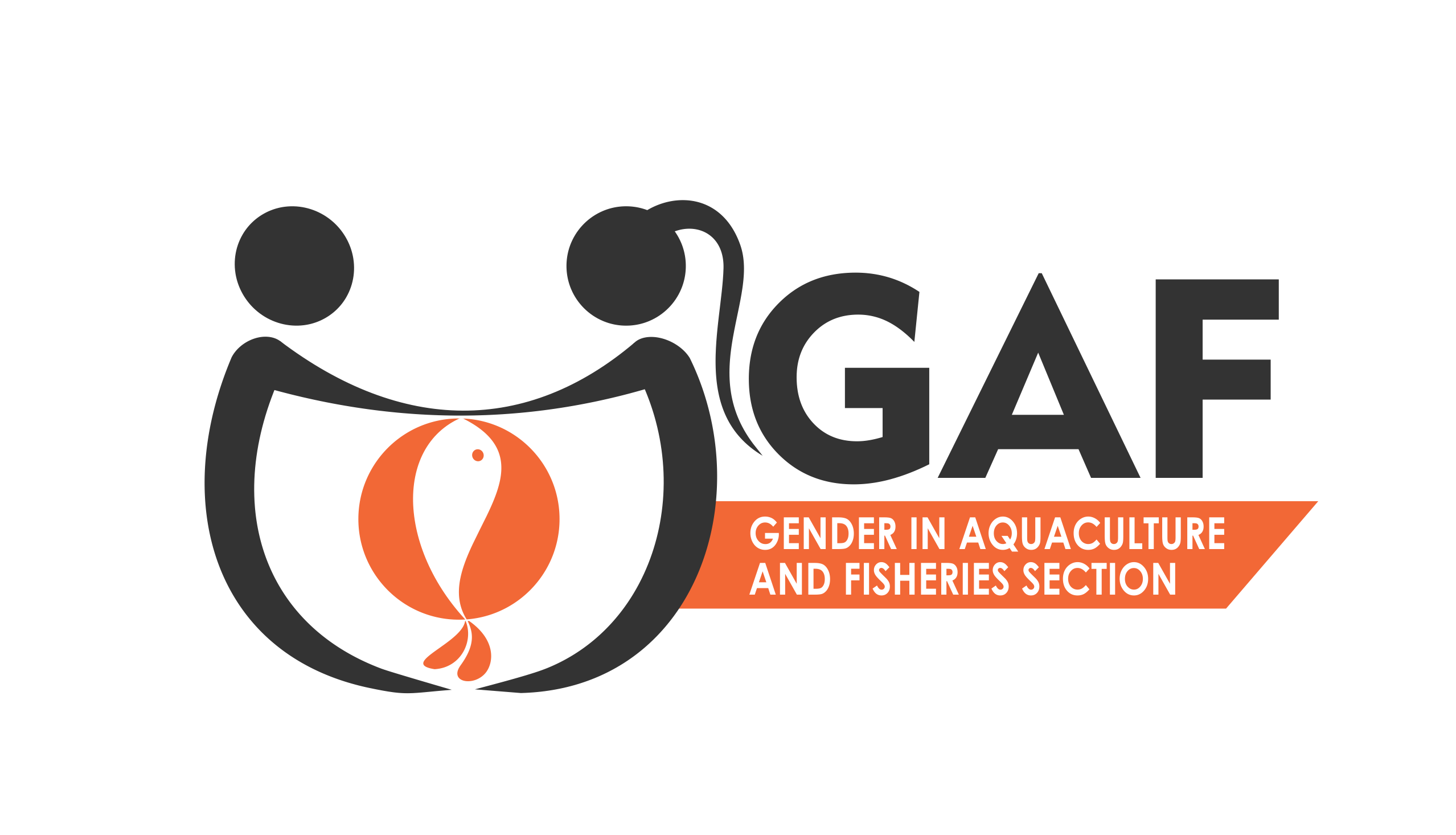
People reef gleaning at low tide, Danajon Bank, Bohol Province, Central Philippines. Photo: Danika Kleiber.
In earlier posts on this site, we highlighted papers arising from the work of Danika Kleiber and her colleagues on gender in the Northern Bohol section of the Danajon Bank in the Central Philippines and on a global overview of gender in small scale fisheries. With pleasure, we draw your attention to Danika’s doctoral thesis, recently accepted by the University of British Columbia, Canada, and entitled: GENDER AND SMALL-SCALE FISHERIES IN THE CENTRAL PHILIPPINES. This thesis, as well as its accompanying papers, make a compelling and empirically justified case for the importance of factoring in women’s fishing work in fisheries management, policy and economics.
Here is the link to the thesis
And the links to our two earlier posts on Dr Kleiber’s work:
Counting all the fishers: a global overview
Philippines reef study shows the importance of defining “fishing”
Abstract of Thesis: This dissertation provides new evidence for why women should be included in smallscale fisheries assessments. Women are commonly overlooked in fisheries science and management because they are assumed not to fish, or to fish very little. My research focuses on community-based managed fisheries in the Central Philippines. I begin with a literature review of women’s fishing around the world, revealing that it is common, diverse, and dynamic. Women fishers also often focus on species and habitats different from those in men’s fishing. Notably, however, the review also identified a considerable data gap in quantitative assessments of women’s fishing.
I designed my case study specifically to quantify women’s contributions to the total community catch and effort. I found that women – who totaled 42% of all fishers – generated about one quarter of the total fishing effort and of the catch biomass. Explicit consideration of women’s fishing cast a spotlight on gleaning, an overlooked fishing method in which animals are collected in intertidal habitats. Almost all the women and half of the men gleaned. I found that gleaning primarily targeted sessile invertebrates, and was an important source of food, particularly when other fishing was not available.
Marine management that affects gleaners – such as no-take marine protected areas (MPAs) placed in intertidal areas – needs to consider distinct ecological and social features of gleaning. On that basis, I used a gender lens to examine community-based management in the form of no-take MPAs. In this cultural context resource management is a male sphere, both in perception and in practice. Women were less likely to feel that the MPA had a positive effect on their fishing, with MPAs mostly identified as a management measure for finfish. Women were also less likely to participate actively in MPA management.
In summary, my focus on women should prompt reexamination of how fishing is defined, who counts, and who is counted. Integration of women’s issues into fisheries management requires attention to gleaning, and exploration of alternative management methods. To overlook women, however, creates substantial underestimation of fishing labour and catch – with consequent worsening of our prospects for fisheries management globally.
This entry was posted in: Gender, Men, Women
